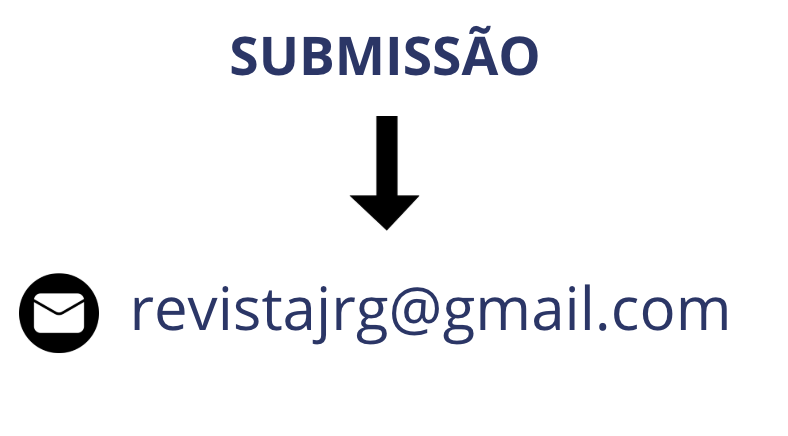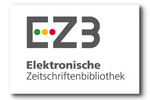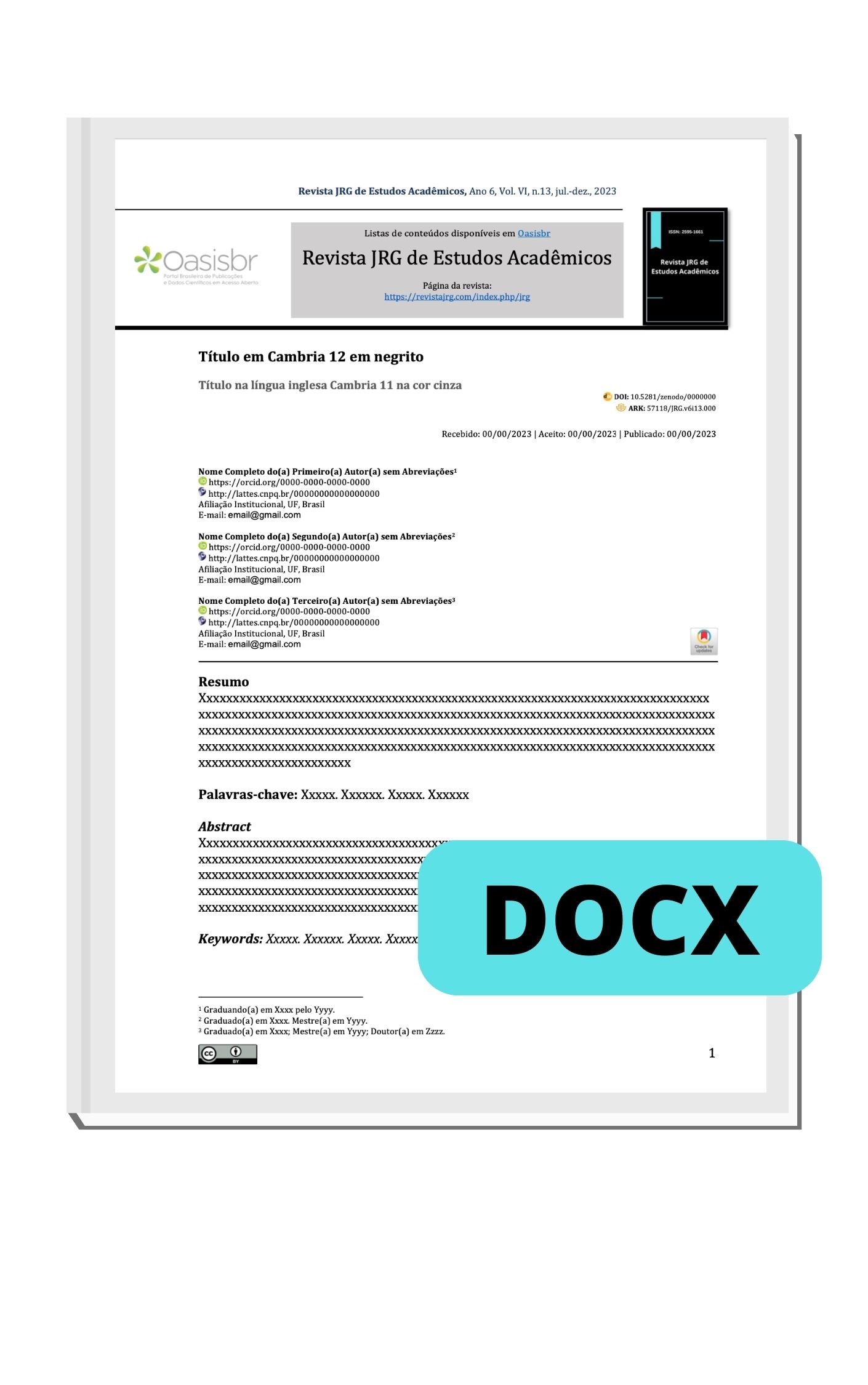Análise dos procedimentos e eficácia da terapia gênica AMT-130 para tratamento da doença de huntington: uma revisão sistemática
DOI:
https://doi.org/10.55892/jrg.v8i19.2640Palabras clave:
Terapia Gênica, AMT-130, AAV5-miHTT, Doença de Huntington, Proteína HuntingtinaResumen
A Doença de Huntington (DH) é uma desordem neurodegenerativa fatal sem terapias que modifiquem seu curso, sendo o tratamento atual limitado ao manejo sintomático. A terapia gênica AMT-130 surge como uma abordagem promissora, utilizando um vetor de vírus adeno-associado (AAV5) para entregar um microRNA (miRNA) que visa o RNA mensageiro da huntingtina (HTT), buscando a supressão duradoura da proteína mutante (mHTT) após uma única administração neurocirúrgica. Objetivou-se analisar e sintetizar as evidências sobre os procedimentos, eficácia, segurança e desafios associados à terapia AMT-130 para o tratamento da DH. Realizou-se uma busca sistemática nas bases de dados PubMed, Scopus, Embase, Web of Science e em registros de ensaios clínicos nas plataformas ClinicalTrials.gov e EU Clinical Trials Register, seguindo as diretrizes PRISMA e SWiM para a síntese narrativa dos dados. A análise foi estruturada em eixos temáticos derivados da Análise de Conteúdo de Bardin. Estudos pré-clínicos em múltiplos modelos animais demonstraram ampla biodistribuição do vetor e redução significativa da mHTT, com consequente melhora funcional e de sobrevida. Dados clínicos preliminares de ensaios de Fase I/II, embora com amostra reduzida, mostraram uma redução no biomarcador de neurodegeneração neurofilamento de cadeia leve (NfL) e um abrandamento na progressão da doença em comparação com coortes de história natural. O perfil de segurança é considerado gerenciável, com a ocorrência de neuroinflamação dose-dependente sendo o principal evento adverso grave, mitigado com o uso de imunossupressão. Infere-se que a AMT-130 representa um avanço pioneiro, demonstrando benefício biológico e funcional. No entanto, desafios como a via de administração invasiva, a natureza irreversível da terapia e as incertezas sobre a supressão não seletiva da huntingtina selvagem exigem uma interpretação cautelosa dos resultados promissores.
Descargas
Citas
TONG, H. et al. Huntington’s disease: Complex pathogenesis and therapeutic strategies. International journal of molecular sciences, v. 25, n. 7, p. 3845, 2024.
SPRONCK, E. A. et al. AAV5-miHTT gene therapy demonstrates sustained huntingtin lowering and functional improvement in Huntington disease mouse models. Molecular therapy. Methods & clinical development, v. 13, p. 334–343, 2019.
BARKER, R. A. et al. Huntingtin-lowering strategies for Huntington’s disease. Expert opinion on investigational drugs, v. 29, n. 10, p. 1125–1132, 2020.
ROSS, C. A.; TABRIZI, S. J. Huntington’s disease: from molecular pathogenesis to clinical treatment. Lancet neurology, v. 10, n. 1, p. 83–98, 2011.
WILD, E. J.; TABRIZI, S. J. Therapies targeting DNA and RNA in Huntington’s disease. Lancet neurology, v. 16, n. 10, p. 837–847, 2017.
JAMWAL, S. et al. Gene therapy and immunotherapy as promising strategies to combat Huntington’s disease-associated neurodegeneration: emphasis on recent updates and future perspectives. Expert review of neurotherapeutics, v. 20, n. 11, p. 1123–1141, 2020.
KORDASIEWICZ, H. B. et al. Sustained therapeutic reversal of Huntington’s disease by transient repression of huntingtin synthesis. Neuron, v. 74, n. 6, p. 1031–1044, 2012.
KUMAR, D. et al. Therapeutic targeting of Huntington’s disease: Molecular and clinical approaches. Biochemical and biophysical research communications, v. 655, p. 18–24, 2023.
MINIARIKOVA, J. et al. Design, characterization, and lead selection of therapeutic miRNAs targeting huntingtin for development of gene therapy for Huntington’s disease. Molecular therapy. Nucleic acids, v. 5, n. e297, p. e297, 2016.
DONG, X. CONG, S. MicroRNAs in Huntington’s disease: Diagnostic biomarkers or therapeutic agents? Frontiers in cellular neuroscience, v. 15, p. 705348, 2021.
ROTHER, E. T. Revisão sistemática X revisão narrativa. Acta Paulista de Enfermagem, v. 20, n. 2, p. v–vi, 2007.
PEREIRA, A. S. et al. Metodologia da pesquisa científica. Santa Maria: UFSM, 2018.
SNYDER, H. Literature review as a research methodology: An overview and guidelines. Journal of business research, v. 104, p. 333–339, 2019.
MOHER, D. et al. Preferred reporting items for systematic reviews and meta-analyses: the PRISMA statement. PLoS medicine, v. 6, n. 7, p. e1000097, 2009.
PAGE, M. J. et al. The PRISMA 2020 statement: an updated guideline for reporting systematic reviews. BMJ (Clinical research ed.), v. 372, p. n71, 2021.
UMAN, L. S. Systematic reviews and meta-analyses. Journal of the Canadian Academy of Child and Adolescent Psychiatry, v. 20, n. 1, p. 57–59, 2011.
OWENS, J. K. Systematic reviews: Brief overview of methods, limitations, and resources. Nurse author & editor, v. 31, n. 3–4, p. 69–72, 2021.
CORDEIRO, A. M. et al. Revisão sistemática: uma revisão narrativa. Revista do Colegio Brasileiro de Cirurgioes, v. 34, n. 6, p. 428–431, 2007.
CHANEY, M. A. So you want to write a narrative review article? Journal of cardiothoracic and vascular anesthesia, v. 35, n. 10, p. 3045–3049, 2021.
CAMPBELL, M. et al. Synthesis without meta-analysis (SWiM) in systematic reviews: reporting guideline. BMJ (Clinical research ed.), v. 368, p. l6890, 2020.
LIMA, M. E. V. et al. PRÉ-REGISTRO DO PROTOCOLO DE REVISÃO SISTEMÁTICA: ANÁLISE DOS PROCEDIMENTOS E EFICÁCIA DA TERAPIA GÊNICA AMT-130 PARA TRATAMENTO DA DOENÇA DE HUNTINGTON: UMA REVISÃO SISTEMÁTICA [Registro do Protocolo de Revisão Sistemática]. Zenodo. 2025. http://doi.org/10.5281/zenodo.17396724.
ERIKSEN, M. B.; FRANDSEN, T. F. The impact of patient, intervention, comparison, outcome (PICO) as a search strategy tool on literature search quality: a systematic review. Journal of the Medical Library Association, v. 106, n. 4, p. 420–431, 2018.
HOSSEINI, M. et al. Formulating research questions for evidence-based studies. Journal of medicine, surgery, and public health, v. 2, p. 100046, 2024.
OUZZANI, M. et al. Rayyan-a web and mobile app for systematic reviews. Systematic reviews, v. 5, n. 1, p. 210, 2016.
BARDIN, L. Análise de conteúdo. São Paulo: Edições 70, 2016.
SPRONCK, E. A. et al. Intrastriatal administration of AAV5-miHTT in non-human primates and rats is well tolerated and results in miHTT transgene expression in key areas of Huntington disease pathology. Brain sciences, v. 11, n. 2, p. 129, 2021.
PAN, L.; FEIGIN, A. Huntington’s disease: New frontiers in therapeutics. Current neurology and neuroscience reports, v. 21, n. 3, p. 10, 2021.
SOGORB-GONZALEZ, M. et al. Exon 1-targeting miRNA reduces the pathogenic exon 1 HTT protein in Huntington’s disease models. Brain, v. 147, n. 12, p. 4043–4055, 2024.
MORAIS, R. D. V. S. et al. Functional intercellular transmission of miHTT via extracellular vesicles: An in vitro proof-of-mechanism study. Cells, v. 11, n. 17, p. 2748, 2022.
UNIQURE BIOPHARMA B.V. Safety and Proof-of-Concept (POC) Study With AMT-130 in Adults With Early Manifest Huntington Disease. ClinicalTrials.gov, 2025. NCT04120493.
UNIQURE BIOPHARMA B.V. A Phase Ib/II Randomised, Double-Blind Study to Explore Safety, Tolerability, and Efficacy Signals of Multiple Doses of Striatally-Administered rAAV5-miHTT Total Huntingtin Gene (HTT) Lowering Ther. EU Clinical Trials Register, 2021. 2020-001461-36.
THOMSON, S. B. et al. AAV5-miHTT-mediated huntingtin lowering improves brain health in a Huntington’s disease mouse model. Brain, v. 146, n. 6, p. 2298–2315, 2023.
EVERS, M. M. et al. AAV5-miHTT gene therapy demonstrates broad distribution and strong human mutant huntingtin lowering in a Huntington’s disease minipig model. Molecular therapy, v. 26, n. 9, p. 2163–2177, 2018.
HOWLAND, D. et al. Large animal models of Huntington’s disease: What we have learned and where we need to go next. Journal of Huntington's disease, v. 9, n. 3, p. 201–216, 2020.
MINIARIKOVA, J. et al. AAV5-miHTT gene therapy demonstrates suppression of mutant huntingtin aggregation and neuronal dysfunction in a rat model of Huntington’s disease. Gene therapy, v. 24, n. 10, p. 630–639, 2017.
FARAG, M.; TABRIZI, S. J.; WILD, E. J. Huntington’s disease clinical trials update: March 2025. Journal of Huntington's disease, v. 14, n. 2, p. 191–206, 2025.
BYRNE, L. M. et al. Neurofilament light protein in blood as a potential biomarker of neurodegeneration in Huntington’s disease: a retrospective cohort analysis. Lancet neurology, v. 16, n. 8, p. 601–609, 2017.
JOHNSON, E. B. et al. Neurofilament light protein in blood predicts regional atrophy in Huntington disease. Neurology, v. 90, n. 8, p. e717–e723, 2018.
TABRIZI, S. J. et al. Biological and clinical manifestations of Huntington’s disease in the longitudinal TRACK-HD study: cross-sectional analysis of baseline data. Lancet neurology, v. 8, n. 9, p. 791–801, 2009.
KESKIN, S. et al. AAV5-miHTT lowers huntingtin mRNA and protein without off-target effects in patient-derived neuronal cultures and astrocytes. Molecular therapy. Methods & clinical development, v. 15, p. 275–284, 2019.
UNIQURE BIOPHARMA B.V. Safety and Efficacy of AMT-130 in European Adults With Early Manifest Huntington's Disease. ClinicalTrials.gov, 2025. NCT05243017.











































